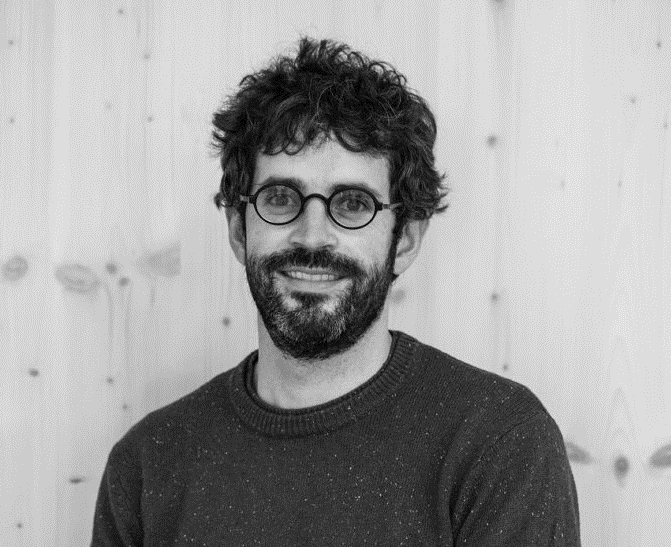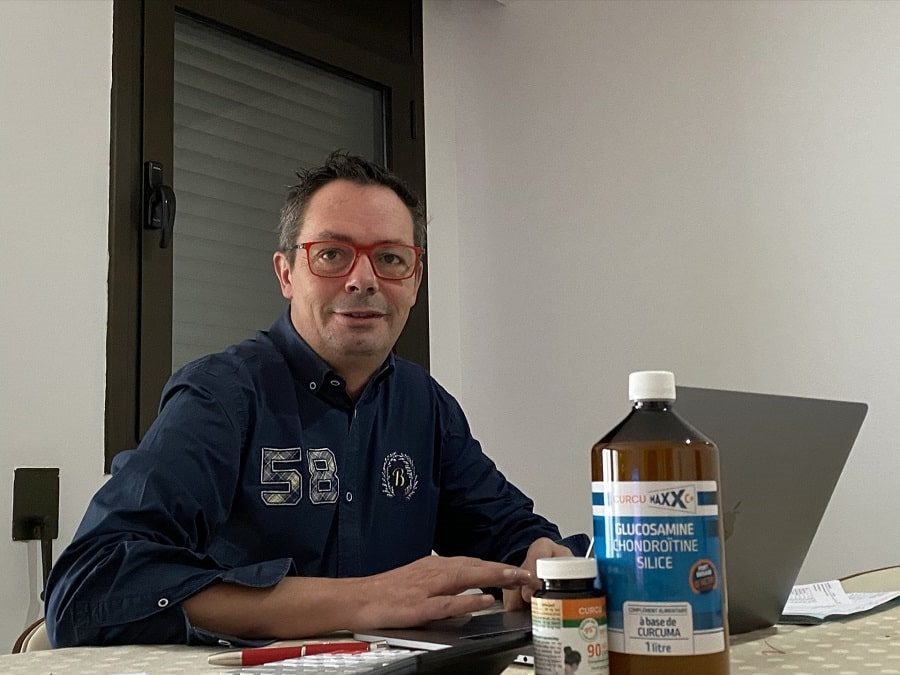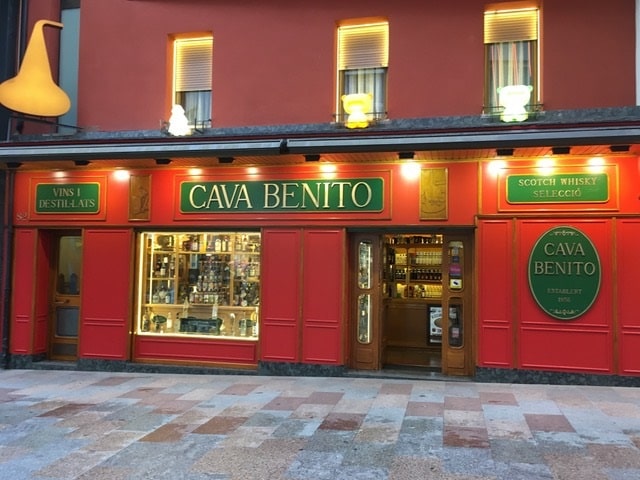La Glorieta is a typical Catalan restaurant located in La Seu d’Urgell (Catalonia, Spain). This quiet place is perfect for family lunches, dinners, get-togethers, and fun parties. However, the key advantage of this restaurant is the traditional Catalan dishes prepared with imagination and love. We spoke with Albert Formenti, chef at La Glorieta, about his culinary secrets, which, according to him, is to always remember: how, when, and why?
Interview: Irina Rybalchenko
Please tell us the history of La Glorieta Hotel, its gastronomic traditions and the restaurant’s concept?
In 1894, a Leonese Domingo Nistal de Cabo settled in La Seu and bought a plot of land and some gardens. Then he set up a small hostel named La Glorieta dels Pirineus. In 2005, my parents took over the hostel. At the beginning of the summer of 2022, I decided to take over the reins of the family business.
Glorieta is a Spanish word that means a square with a garden. Indeed, the site formed a small square surrounded by orchards, raised above the Valira River, next to the old medieval bridge, and with excellent views.
The hostel La Glorieta dels Pirineus, or simply La Glorieta, soon made a name for itself among farmers who came from the villages around to the market of La Seu. It became popular among Urgellens who came here for lunch, dinner or just a cup of coffee and enjoyed a nice view over the valley.
Families began to arrive here in the 1950s and 1960s, mostly from Barcelona. They stayed at the hostel for a couple of weeks as they enjoyed the family hospitality, homemade food and tranquillity of the Pyrenees. La Glorieta became one of the few hostels in the region that offer holiday accommodation.
How was the beginning of your gastronomic career?
I have lived in kitchens since childhood, as my family has always been linked to the restaurant industry. I began my studies at the Escola d’Hoteleria de Cambrils. I continued my learning in kitchens such as Torre del Remei, Mas de Torrent, Miramar, El Far de Sant Sebastià, La fênetre, Restaurant Aquarius, and Restaurant Alàs until I started working at the Coma d’Ordino Hotel (Andorra) as a chef, where I had been working for 8 years.
What does your gastronomic menu look like?
I propose Catalan cuisine, based on good stir-fries and broths. I propose traditional as well as seasonal menus and homemade desserts. I try to use local seasonal products. If something is missing, for example, the foie gras, I buy it in France. The truffles I prefer to buy in Organyà (Catalunya).
For me, there are no culinary secrets. I always work with love and try to transform my feelings in the dishes I make. I cook snails in my own way. I make my own tasting menu of truffles or mushrooms…
I want the guest to be surprised and happy, to want to come back. There is nothing better than a restaurant, regardless of its category or type of cuisine, which is a pleasure to go back to over and over again.
Come, try and find out for yourself. You are kindly invited!
How would you define Catalan cuisine?
The gastronomic traditions vary slightly depending on the geographical region. Catalan cuisine is part of Mediterranean cuisine. On the other hand, it is worth noting the local presence of different cuisines, such as Xurra (Spanish regions of Navarra and Valencia) and the Castilian and Occitan cuisines. Catalan cuisine also has a trace of Murcia thanks to its population of Catalan origin…
How about cheese, a staple of almost all Mediterranean cuisine? Do you prefer a local cheese or a French one?
I like all of them. I’m a big cheese lover (laughing). We always try to have local cheeses from small farmers in Catalan regions, although French cheeses are also delicious.
Please tell us a little about the Catalan gastronomic festivals. How are they usually celebrated?
In the summer, we celebrate La Sardinada. As a main dish of Sant Joan, we have Coca (it’s a sugar cake, usually flat, which is very common almost all over the Mediterranean coast).
In winter, we celebrate the Escudella festival. This dish, the Escudella, is very caloric. It is perhaps the only dish in Catalonia that does not use vegetables.
At Christmas, we make the sopa de galets (pasta soup), the most common first course of the Christmas lunch. It contains a ball of minced meat, the four evangelists (four types of meat: pork, beef, lamb and chicken) and the seven sacraments: chickpeas or beans, potatoes, turnips, carrots, celery, green cabbage and parsnips. The second course can be a stuffed turkey.
In February, we celebrate the Festa del Trinxat, Cerdanya’s main gastronomic show that aims to value the ground products.
Garoinada is among the Girona region’s best-known and most traditional gastronomic traditions. Its main product is a sea urchin. This festival is celebrated in the middle of winter until March when the sea is calm, and the sea urchins are at their best…
Then, we have calçotada, a festival originally from Valls (Catalonia). The protagonists of this hundred-year-old gastronomic tradition are calçots (green onions), prepared on the grills over a very hot fire. We eat them with a typical sauce, salvitxada, similar to romesco sauce.
There are many festivals and gastronomic traditions in Catalonia.
There is a belief that good recipes, as long as they are made with quality products, do not cause weight gain. Do you agree?
No, they don’t cause weight gain. They increase happiness!
From your perspective, what is a good restaurant’s success?
Believe in your project until you find the main idea, and always keep three of the most important questions in mind: how, when, and why?














